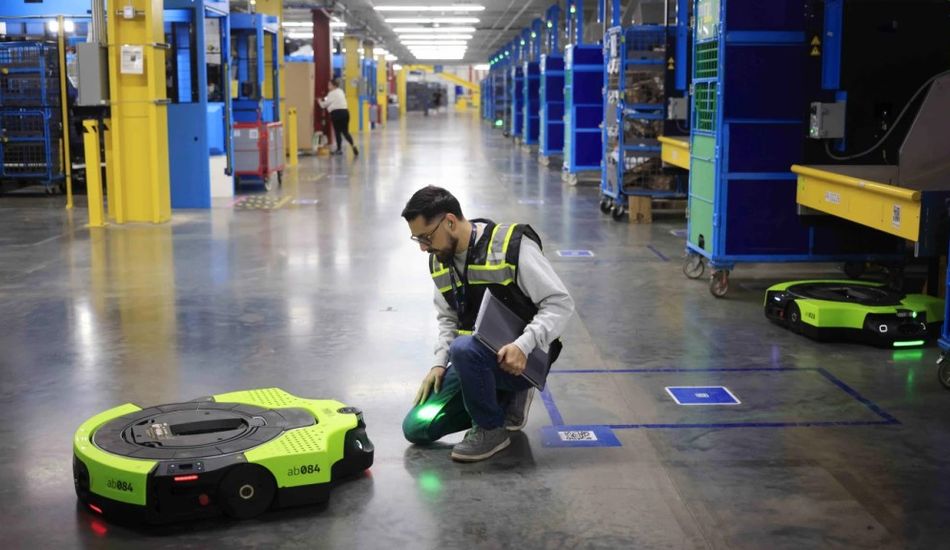
Amazon Deploys One Million Robots, Introduces DeepFleet AI for Efficiency
Wow, Amazon has officially hit a major milestone! They've now deployed a staggering 1 million robots in their warehouses. Can you believe it? This landmark robot was recently delivered to a fulfillment center in Japan, showing just how global Amazon's robotic reach has become. It feels like something out of a sci-fi movie, but it's our reality now.
According to reports, this puts Amazon on track to potentially have as many robots as human employees in their warehouses soon. And get this – apparently around 75% of their global deliveries involve some form of robotic assistance. It really makes you think about how much automation is already shaping our everyday lives.
DeepFleet: The Brains Behind the Bots
But it doesn't stop there. Amazon also unveiled a new generative AI model called DeepFleet, specifically designed for its warehouse robots. Imagine DeepFleet as a super-smart air traffic controller for robots. It optimizes their routes within the warehouses, making everything run smoother and faster. In fact, Amazon claims DeepFleet will boost the speed of its robotic fleet by 10%. That's a significant jump in efficiency!
I found it interesting that Amazon used its own Amazon SageMaker – the AWS cloud studio – to create DeepFleet, and trained the model using its own data. This highlights how important it is for companies to leverage their internal assets to drive innovation.
Amazon's robotic evolution doesn't stop at just quantity. They're also focusing on quality and capabilities. Remember Vulcan, the robot they unveiled earlier this year? The one with arms that can "feel" what it's grabbing? It seems like they're constantly pushing the boundaries of what these machines can do, aiming for a future where robots and humans work together seamlessly.
With next-generation fulfillment centers on the horizon – facilities that will house ten times more robots than current ones – it's clear that Amazon is betting big on a future powered by automation and AI. It will be interesting to observe how this changes the landscape of work and logistics over the next few years.
Source: TechCrunch